On September 27, 1968, two U. S. Soldiers were killed when their jeep was ambushed by enemy forces. This kind of incident was fairly common in 1968, except for one thing: rather than taking place in the jungles of Vietnam, the ambush occurred in the rugged mountains of the Republic of Korea (ROK). The incident was part of a low-intensity campaign waged by North Korea against U. S. and ROK forces from 1966 to 1969 as part of Premier Kim Il-Sung's plan to reunify Korea under the communist banner.
The key elements in this operation were the infiltrators: North Korean People's Army (NKPA) Special Forces operatives. Infiltrating overland through the Demilitarized Zone (DMZ), or the coastline via the sea, NKPA commandos sought to attack U. S. and ROK forces and establish bases of operations to prepare South Koreans to rise up in conjunction with an invasion. The opportunity Kim needed to activate his plan came in 1965, when U. S. ground troops deployed to Vietnam. Before the year was out, ROK soldiers had joined the American war effort. With their attention divided and resources committed elsewhere, Kim saw his chance.
On the night of November 2, 1966, while President Lyndon Johnson was visiting Seoul, South Korea, NKPA troops ambushed an American patrol south of the DMZ. Six U. S. Soldiers and one South Korean soldier were killed, while a seventh American Soldier was wounded. This was but a taste of things to come.
As events escalated, the American commander in Korea, General Charles H. Bonesteel III, faced a significant challenge. With the bulk of U. S. forces committed to Vietnam, there were no reserves from which to draw. Moreover, U. S. policy in Korea was intended to prevent the Korean War from flaring up again. Bonesteel needed to balance this concern with his primary mission of defending the ROK and the need to counter this new offensive. An excessive show of force could quickly spiral out of control. An overly cautious response could lead to defeat and the loss of South Korea.
Fortunately, the unique command structure in Korea gave him unusual latitude to operate. Bonesteel simultaneously commanded the U. S. Eighth Army, U. S. Forces Korea, and United Nations Command (UNC). The latter command gave him operational control over all U. S. and ROK forces in Korea, as well as direct access to the Joint Chiefs of Staff.
Bonesteel used his position and political acumen to secure approval for a three-pronged approach: secure the land route through the DMZ, secure the coastline of South Korea, and patrol the mountain wilderness in the interior of the country. Bonesteel hoped this strategy would manage the threat while avoiding an over-reaction that could lead to open war.
The result of this combined effort was to sap the strength of the NKPA Special Forces. From 1966 to 1969 the U. S. suffered 75 killed in action and 111 wounded in action; the ROK lost 299 KIA and 550 WIA. By comparison the NKPA suffered 397 KIA. Each North Korean death meant the loss of a highly trained and hard to replace special operative. The NKPA Special Forces were slowly being whittled down. For their part, NKPA operatives managed to inflict casualties upon the allied forces but failed to achieve any significant military or political objectives. In fact, the collective threat to U. S. and ROK interests strengthened rather than weakened the relationship, and communist agitators found little support among the South Koreans.
This phase of the Korean War came to an abrupt end after the failure of a major NKPA operation in October 1968. A landing force of covert operatives was promptly reported to the authorities by the very people they were supposed to lead in an uprising. With American assistance, the ROK Army relentlessly hunted down the infiltrators, killing 110 and capturing seven. Rather than weakening the U. S.-ROK relationship, Kim's plan had actually strengthened both the relationship and the capabilities of the allies.
Realizing this, Kim Il-Sung declared that his plan had been sabotaged by incompetents, purged the top military leadership, and dissolved the NKPA's Special Forces. Incidents continued along the DMZ for years to come, (most notoriously with the axe-murders of two American officers in 1976), but active combat operations on a scale like those seen from 1966 to 1969 have not recurred. The Korean peninsula remains one of the most volatile flashpoints in international politics to this day, and Americans would do well to remember this violent chapter in the ongoing Forgotten War.
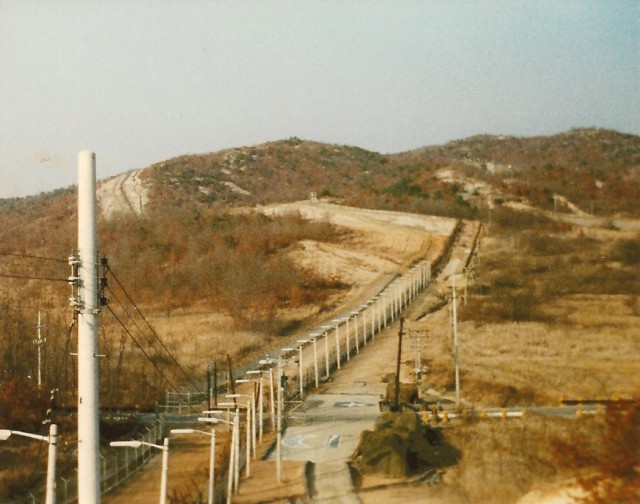

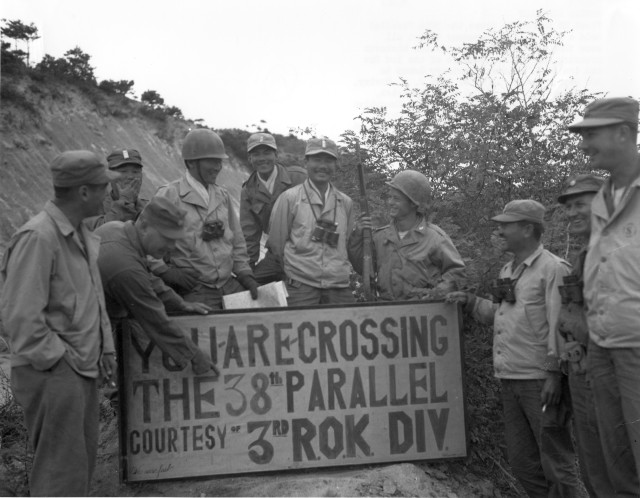

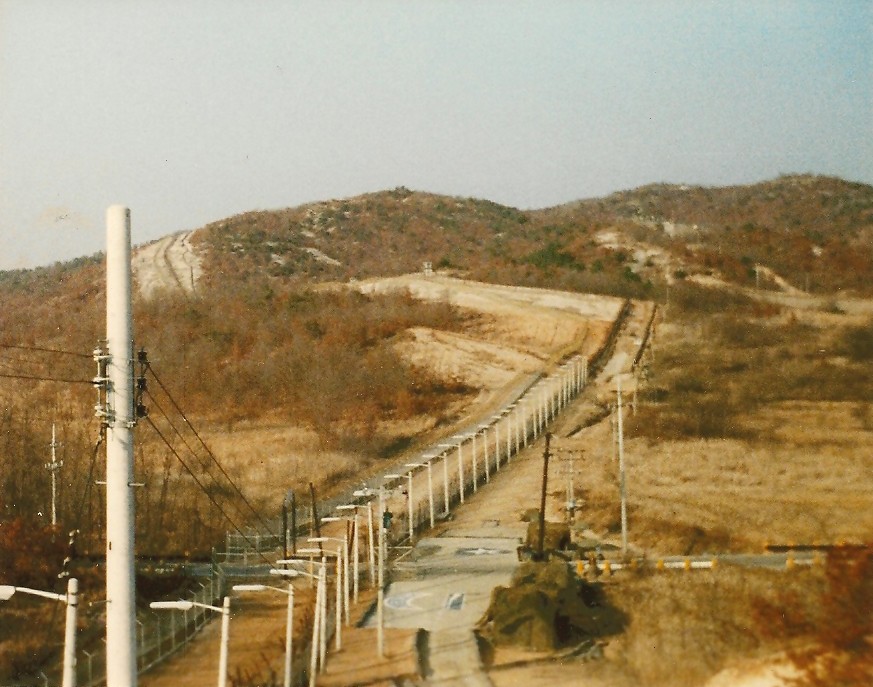

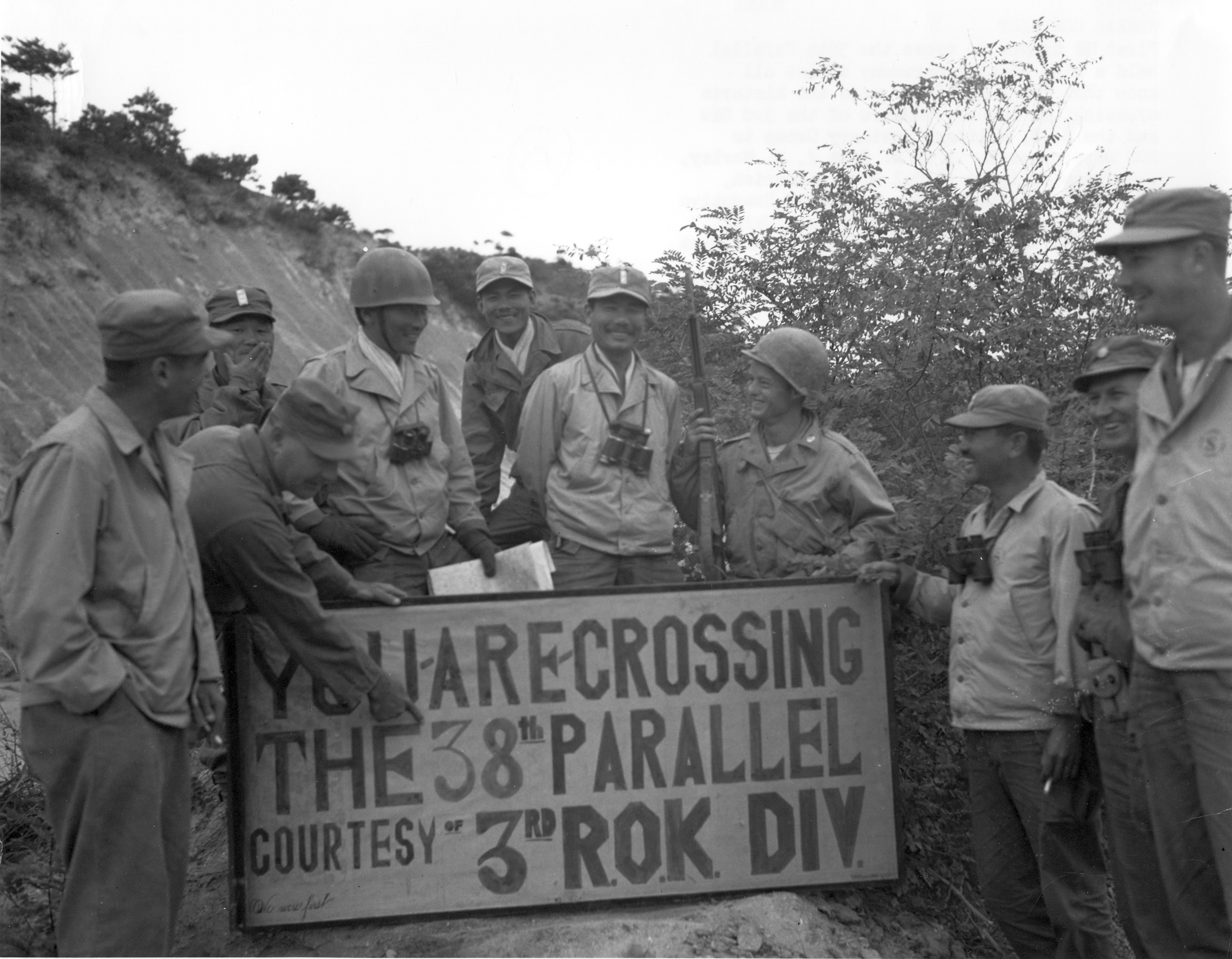
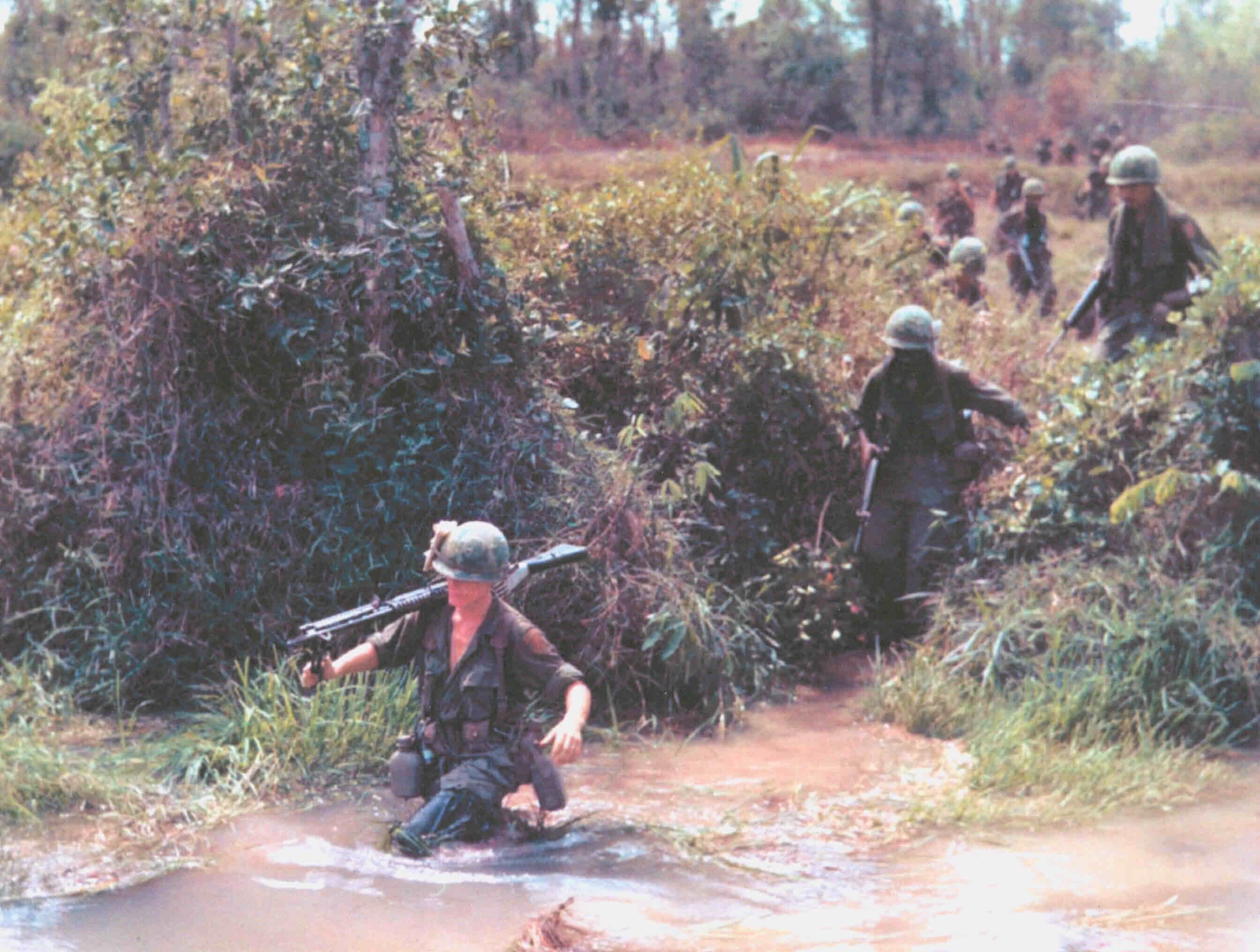
Social Sharing